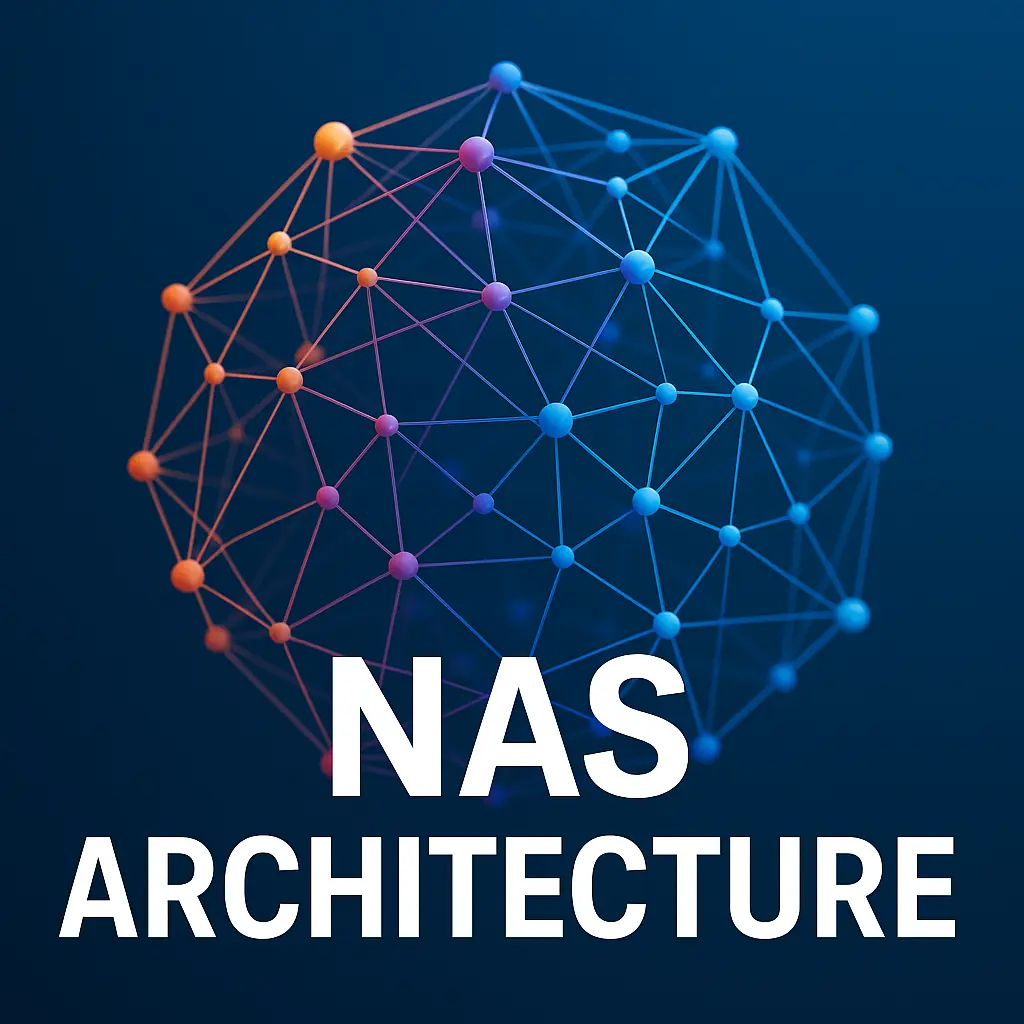The Evolution of IAM
LDAP, Kerberos, and Microsoft Active Directory. As organizations adopted SaaS and mobile, IAM (Identity & Access Management) expanded to federation and centralized cloud brokers. Today, identity sits at the core of Zero Trust, bringing continuous verification and risk adaptive policies.- On prem era: Password sprawl, limited external access, manual provisioning.
- Cloud era: Federation (SAML/OIDC), SSO, lifecycle automation, API first controls.
- Zero Trust era: Continuous authentication, device and context checks, least privilege enforcement.
Core Components of IAM
1) Authentication
Authentication verifies identity using passwords, one time codes, hardware tokens, biometrics, or passwordless methods. Modern IAM (Identity & Access Management) platforms increasingly adopt FIDO2/WebAuthn to eliminate phishable factors and improve UX.
2) Authorization
Authorization determines what an identity can do. Common models include RBAC (role-based), ABAC (attribute-based), and PBAC (policy-based). Mature IAM (Identity & Access Management) deployments encode business logic in policies and automate grants/revokes as roles change.
3) Federation & SSO
Federation allows one identity to access many apps via SSO using SAML, OAuth 2.0, and OpenID Connect. In distributed environments, IAM (Identity & Access Management) acts as the trust broker across clouds and partners, reducing password reuse and help desk tickets.
4) Identity Lifecycle Management
Joiner Mover Leaver automation is crucial. IAM (Identity & Access Management) integrates with HRIS to provision access on day zero, adjust entitlements on job change, and deprovision instantly at exit closing orphaned accounts and audit gaps.
5) Auditing, Reporting & Analytics
Granular logs and reports support compliance (GDPR, HIPAA, SOX) and incident response. When IAM (Identity & Access Management) feeds SIEM/UEBA, teams can correlate identity signals to detect anomalies quickly.


Beyond the Basics: IGA, PAM, CIAM, IoT/OT
- IGA (Identity Governance & Administration): Access reviews, certifications, SoD policies, and request/approval workflows that formalize governance across the enterprise.
- PAM (Privileged Access Management): Vaulting and just in time access for admin/root accounts; session recording and strong controls to reduce blast radius.
- CIAM (Customer IAM): Scalable identity for customers with frictionless UX (social login, progressive profiling, consent management) and privacy by design.
- IoT & OT IAM: Extends IAM (Identity & Access Management) to devices and workloads; enforces identity for non human actors and service accounts.
Organizational Challenges
- Scale & sprawl: Multiple clouds, legacy apps, and SaaS portfolios stretch controls unless IAM (Identity & Access Management) is centralized.
- Legacy constraints: Older systems may lack modern protocols, requiring proxies, gateways, or phased remediation.
- Risk vs UX: Adaptive policies balance friction with assurance based on device, location, and behavior.
- Compliance pressure: Auditable controls and fine grained logs are a must for regulated industries.
- Change management: Role mining, access cleanup, and user education can be the longest, hardest steps.
How IAM Integrates with the Security Ecosystem
Powerful architectures connect IAM (Identity & Access Management) with network, endpoint, and analytics layers to enforce identity-centric Zero Trust end to end.
Zero Trust model
Identity is evaluated continuously alongside device posture and context; least privilege and segmentation limit lateral movement.
MFA (Multi-factor authentication)
Embedding strong MFA inside IAM (Identity & Access Management) blocks credential stuffing and phishing. Adaptive MFA raises assurance only when risk is high.
Micro-segmentation
Pair identity aware policies with micro-segmented networks to scope who can talk to what at the workload level.
SIEM & Analytics
Stream identity logs to analytics/SIEM to correlate behavior across endpoints, apps, and networks for real-time detection and response.
Firewalls & Endpoint security
Modern firewalls and EDR/XDR engines can query identity context to permit or deny flowsenforcing policies beyond static IPs.
ZTNA
Zero Trust Network Access gates each session to each app using identity plus device posture, offering a finer-grained alternative to legacy VPNs.
Best Practices
- Identity-first design: Put IAM (Identity & Access Management) at the center of your security architecture.
- Principle of least privilege: Default-deny, time-bound, and scoped entitlements.
- Passwordless where possible: Prefer FIDO2/WebAuthn to reduce phishing risk.
- Automate JML: Integrate HRIS with IAM (Identity & Access Management) for near-real-time provisioning.
- Segregation of duties (SoD): Prevent toxic combinations through IGA reviews and recertifications.
- Measure & improve: Track MTTR for access requests, dormant accounts resolved, and % MFA/passwordless coverage.
- Document & educate: Policy clarity and user training accelerate adoption and reduce support tickets.
Vendor Landscape & Comparison
Below is a concise comparison of major platforms that implement all or parts of IAM (Identity & Access Management). Select based on scale, ecosystems, governance depth, and hybrid needs.
| Vendor | Primary Strengths | Best Fit | Notable Capabilities |
|---|---|---|---|
| Microsoft Entra ID (Azure AD) | Enterprise SSO, Conditional Access, passwordless | Microsoft-centric enterprises; hybrid AD | FIDO2, device compliance, app gallery, PIM add-ons |
| Okta | Independent, strong SSO/MFA and integrations | Multi-cloud, diverse SaaS portfolios | Adaptive MFA, workforce + CIAM, workflows |
| Ping Identity | Federation depth, hybrid flexibility | Complex legacy + modern coexistence | Fine-grained policies, gateway options |
| AWS IAM | Granular resource policies in AWS | Cloud-native builders on AWS | IAM Roles, SCPs, OIDC federation |
| ForgeRock | End-to-end IAM at enterprise scale | Highly complex global estates | Advanced CIAM, orchestration, edge auth |
| CyberArk (PAM) | Privileged access security | Regulated industries; high-risk admins | Vaulting, JIT, session recording, EPM |
| IBM Security Verify | Governance and compliance | Enterprises prioritizing IGA | Access reviews, certifications, analytics |
| OneLogin | Simplicity and fast onboarding | SMBs scaling to mid-market | Directory sync, MFA, app catalog |
| Oracle IAM | Deep enterprise integration | Oracle-heavy environments | IGA breadth, policy engines, connectors |


Future Trends
- Passwordless by default: Phish resistant credentials will be a baseline for IAM (Identity & Access Management).
- Risk adaptive & continuous: Policies evaluate session risk in real time.
- Decentralized identity: Portable, privacy preserving verifiable credentials.
- AI-driven operations: Identity threat detection, automated remediation, intelligent access requests.






